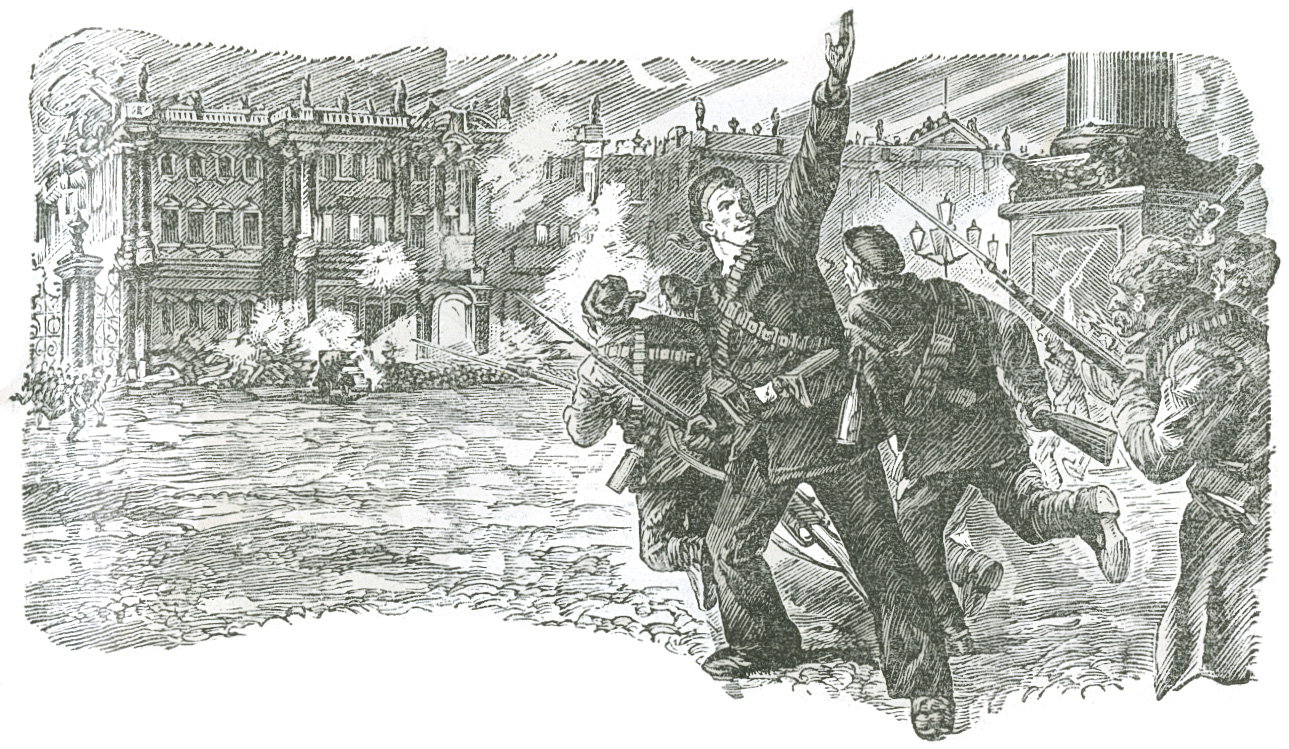

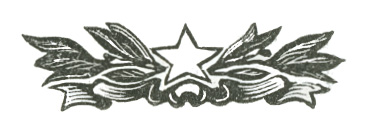
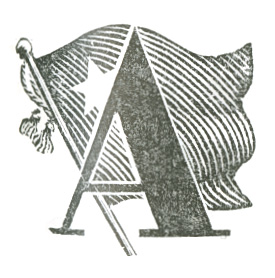 t dawn on October 24 (November 6) 1917, the Commissar of Militia of the 3rd Rozhdestvensky District, accompanied by a detachment of cadets from the 2nd Oranienbaum Officers’ Training School, appeared at the plant where the central organ of the Bolshevik Party was printed and presented an order, signed by the chief of the Petrograd Military Area, to close the plant and to suppress the newspapers Rabochy Put and Soldat. The workers emphatically refused to stop printing the newspapers and the night editor, declaring that he recognised only such orders as were signed by the Military Revolutionary Committee, refused to accept the order. The cadets were posted as guards at the doors of the premises.
t dawn on October 24 (November 6) 1917, the Commissar of Militia of the 3rd Rozhdestvensky District, accompanied by a detachment of cadets from the 2nd Oranienbaum Officers’ Training School, appeared at the plant where the central organ of the Bolshevik Party was printed and presented an order, signed by the chief of the Petrograd Military Area, to close the plant and to suppress the newspapers Rabochy Put and Soldat. The workers emphatically refused to stop printing the newspapers and the night editor, declaring that he recognised only such orders as were signed by the Military Revolutionary Committee, refused to accept the order. The cadets were posted as guards at the doors of the premises.

Later, when the Petrograd workers were hurrying to the factories, the news of the seizure of the printing plant rapidly spread through the district and an angry crowd gathered outside the plant and surrounded the cadets. Mingling with the crowd were members of the Red Guard from the adjacent factories. One of them telephoned to the Rozhdestvensky District Committee of the Party and reported that the cadets were wrecking the plant. Meshcheryakov, the District Party Organiser informed the members of the District Committee. Stalin, the editor of the newspaper, was also informed by telephone.
An excited voice reported:
“Cadets are wrecking Pravda.”
“How many?”
“A small detachment headed by an officer.”
“Very well. I will send some armoured cars.”
Stalin ordered two armoured cars from a unit which was entirely on the side of the Bolsheviks to proceed to the printing plant.
In the Smolny a meeting of the Military Revolutionary Committee had just come to a close. Round the room in which the meeting was held were gathered a number of dispatch riders from each army regiment and Red Guard Headquarters. Orders were issued in a low voice.
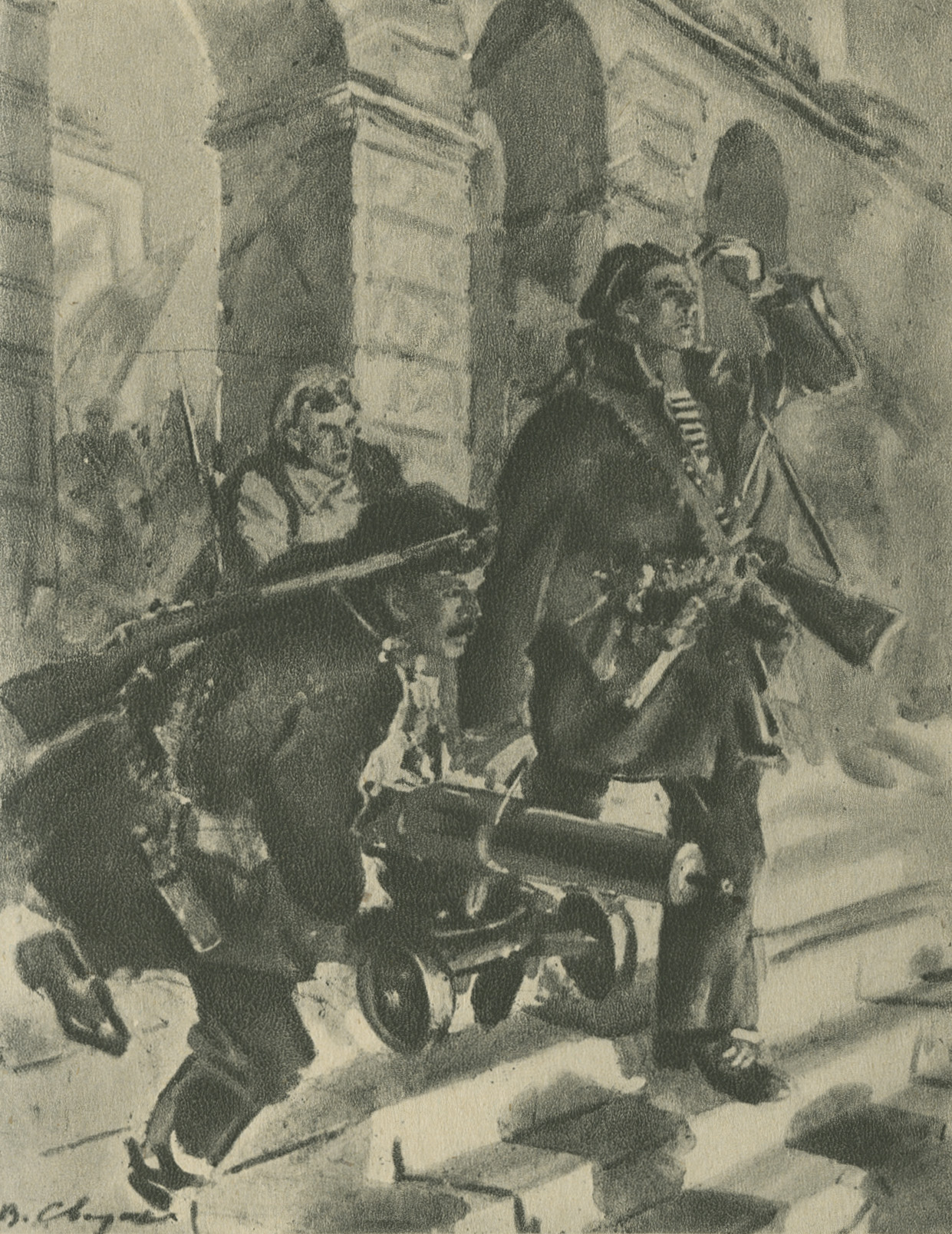
Now and again, representatives of arriving detachments entered the room, took up places near the dispatch riders and on receiving orders, departed again. The telephone kept on ringing, but worn out by sleepless nights, most of the men continued dozing.
The news of the seizure of the Pravda printing plant roused everybody:
“It has begun!”
Excited dispatch riders surrounded a Red Guardsman who rushed breathless into the room. Immediately a private of the Lithuanian Regiment was sent to muster the company on duty. The dispatch riders quickly mounted their motorcycles and dashed off to the regiment.
Meanwhile, the cadets had smashed the stereotypes, sealed the Rabochy Put printing plant and seized about 8,000 copies of the morning issue.
The Provisional Government knew what it was doing. This issue of Rabochy Put contained Stalin’s call, in the course of which he stated:
“In February the soldiers and workers overthrew the tsar. But, having vanquished the tsar, they did not want to take power into their own hands. Led by bad shepherds, the Socialist-Revolutionaries and Mensheviks, the workers and soldiers voluntarily relinquished power to the placemen of the landlords and capitalists—the Milyukovs and Lvovs, the Guchkovs and Konovalovs. . . .
“This error must be rectified at once. The time has come when further delay will be fatal for the whole cause of the revolution.
“The present government of landlords and capitalists must be replaced by a new government of workers and peasants. . . .
“What was not done in February must be done now.
“In this way, and only in this way, can peace, bread, land and liberty be won.”[1]
The Provisional Government, pursuing a carefully prepared plan, began with the wrecking of the Rabochy Put offices. Its intention was to wrest this powerful weapon out of the Bolsheviks’ hands.
At about 10 a.m. Kerensky called a conference of his Ministers at the Winter Palace and after informing them that he had taken the initiative, outlined the main points of the speech he intended to deliver at the meeting of the Pre-parliament. The Ministers approved of the speech and Kerensky left for the Mariinsky Palace, where the Pre-parliament held its sessions.
The session of the Pre-parliament opened at 12:30 p.m. The deputies listened with obvious boredom to a statement by the Minister for the Interior, the Menshevik Nikitin, about the food disorders. When Kerensky suddenly appeared in the ministerial box the deputies noticed that he was extremely excited. The Chamber livened up and as soon as Nikitin finished speaking, Kerensky quickly mounted the rostrum. Delivering a tirade against the Bolsheviks he accused them of organising insurrection.
“To prove that this is not a wild statement, and to prevent anybody from accusing the Provisional Government of making unfounded or malicious charges against any party,” he said, “I deem it my duty to read to you the most definite passages from a number of manifestos written by that wanted but fugitive state criminal Ulyanov-Lenin, and published in Rabochy Put.”[2]
He then quoted passages from Lenin’s “Letter to Comrades” written in denunciation of Zinoviev’s and Kamenev’s treachery. The Chamber was in an uproar. Shouts of indignation against the Bolsheviks interrupted Kerensky’s speech. After relating in detail how the Military Revolutionary Committee had appointed Commissars for the regiments and how the attempts of the General Staff to annul these appointments had failed, Kerensky concluded with the following words:
“Thus, I must define before the Provisional Council the complete, obvious and definite state of a section of the population of St. Petersburg as a state of insurrection.”[3]
From the benches of the Constitutional Democrats (Cadets) the cry was heard:
“It has come at last!”
Suddenly A. I. Konovalov, the Deputy Prime Minister, advanced to the rostrum and handed Kerensky a note. There was a brief pause. Hastily reading the note Kerensky stated amidst tense silence:
“I have been handed a copy of a document which is now being sent to all the regiments: ‘The Petrograd Soviet is in danger. I order your regiment to be fully prepared for action and await further orders. All procrastination or failure to obey this order will be regarded as treason to the revolution. Podvoisky, Acting Chairman.’”[4]
Pandemonium broke loose in the Chamber. Kerensky demanded that the Pre-parliament should grant him extraordinary powers to suppress the insurrection in the most resolute manner. At 2 p.m. Kerensky, amidst loud cheers, left the meeting and hastened to the Winter Palace. The Pre-parliament adjourned to enable the groups to meet and discuss the situation.
While Kerensky was delivering his hysterical, excited and tedious speech, the following events took place in the city.
Immediately after the cadets raided the offices of Rabochy Put, Stalin warned the Central Committee of the Bolshevik Party of Kerensky’s attempt to take the initiative.
The Central Committee at once met, heard an account of what had taken place, and without wasting time on long speeches or discussion, resolved: that the members of the Central Committee remain at the Smolny; to communicate with the Petrograd Committee and arrange that its members should take turns of duty at the Smolny and at the Petrograd Committee.
The following resolution was adopted concerning Rabochy Put:
“To send a guard to the printing plant forthwith, and to take measures to ensure the timely appearance of the next issue.”[5]
Sverdlov was appointed to watch all the moves of the Provisional Government. Dzerzhinsky was appointed to watch the post and telegraphs.
It was also decided to organise a reserve staff in the Fortress of Peter and Paul, and all the members of the Central Committee were provided with passes to the fortress. Sverdlov was instructed to maintain permanent contact with this staff.
It was agreed that the Moscow Bolsheviks be immediately informed of all that was taking place in Petrograd.
A decision was taken to break off relations with the compromising Bureau of the Central Executive Committee of the Soviets, which was sabotaging the convocation of the Second Congress of Soviets, and to open negotiations with the “Left” Socialist-Revolutionaries for joint action.
Sverdlov immediately communicated the decisions of the Central Committee of the Bolshevik Party to the Military Revolutionary Committee.
Acting on these decisions, the Military Revolutionary Committee forthwith issued the following orders:
“1. To open the printing plant of the revolutionary newspapers; 2. To instruct the editorial staffs and compositors to continue issuing these newspapers; 3. To impose the honourable duty of protecting the printing plant from the attacks of counter-revolutionaries on the valiant men of the Lithuanian Regiment and of the 6th Reserve Sapper Battalion.”[6]
By 11 a.m., the orders of the Revolutionary Committee were executed. The publication of the Bolshevik newspapers was resumed.
At the same time, all the military Commissars and Regimental Committees received by telephone the following “Instruction No. 1:
“The Petrograd Soviet is in imminent danger. Last night the counter-revolutionary conspirators tried to call the cadets and shock battalions into Petrograd from the surrounding districts. The newspapers Soldat and Rabochy Put have been suppressed. You are hereby ordered to prepare your regiment for action. Await further orders.
“All procrastination and hesitation will be regarded as treason to the revolution.
“Send two representatives to a delegate meeting to be held in the Smolny.”[7]
Dispatch riders carrying the same instruction were sent to the regiments. The men of the Lithuanian Regiment and the Sappers were called to the Smolny. The Commissar and Garrison Committee of the Fortress of Peter and Paul were ordered to prepare for action and to place the most reliable guard at the gates. Instructions were given that except for military units and persons supplied with passes issued by the Military Revolutionary Committee, nobody was to be allowed to leave or enter the fortress.
The Headquarter Staff of the Red Guard was ordered immediately to dispatch to the Smolny a unit of 1,500 to 2,000 workers; to mobilise all transport facilities; to occupy all the key positions in the districts; to organise the protection of the factories and works, and to detail forces for seizing the government offices.
The insurrection had begun.
The proletarian districts of the capital were ready for action. In the works and factories, feverish activity began as soon as the first news came through that operations had commenced. The Putilov Works Committee sent Red Guard Hundreds to the Smolny, and gave the signal for the reserves to muster. The Schlüsselburg Works formed a unit of 200 men. The Staff of the Red Guard in the Vyborg District informed all the works in the district that operations had commenced and ordered the works committees to requisition all motor vehicles.
The Red Guards at the Russian Renault Works went to the barracks of the Preobrazhensky Regiment to induce it to come over. A meeting was already in progress when the delegates arrived. When Chudnovsky, the Chairman of the Military Revolutionary Committee, called upon the men to side with the workers, the soldiers expressed their readiness to join the insurrection.
In the Nevskaya Zastava District the Red Guards held all the approaches to the city and patrols were stationed all the way from the village of Smolenskoye to the Shunting Yard of the Nikolayevsky Railway.
Small units from the smaller factories assembled outside the premises of the Petrograd District Soviet, and after midday about 2,000 Red Guards were mustered there waiting for orders.
On the Vasilyevsky Island three blasts from the siren of the Pipe Works signalled for the Red Guards to muster. From all parts of the island, and particularly from the port and the Baltic Works, streams of men poured towards the Staff Headquarters—the office of the commandant of the District Fighting Units.
Motor trucks filled with Red Guards and soldiers arrived at the Smolny. Patrols were marching in different directions, hurrying to take up their posts. Two companies of Lithuanians arrived. Part of them were disposed in front of the building and part in the building itself. Units of the Red Guard were posted at all the exits. In the guardroom, on the ground floor, were a number of machine guns which could be mounted on the roof.
A detachment of the 6th Sapper Battalion arrived to protect the Petrograd Soviet.
From all the ten districts of the capital, fresh Red Guard Hundreds arrived in a continuous stream. Many of them lacked rifles and particularly ammunition. The Military Revolutionary Committee hastily sent its representatives to the nearest army units ordering them to send spare rifles and ammunition.
Similar orders were sent not only to the Rifle Regiments, but also to the commandos of technical battalions; but they too were already hastily arming for the insurrection.
The committee of the Reserve Electricians Battalion wrote the following reply to the order of the Military Revolutionary Committee:
“In view of the lack of spare arms, only 70 weapons being available for a commando of 190 men, we consider that we have not enough for ourselves.”[8]
The battalion was forming its own fighting unit.
Stalin, Sverdlov and Dzerzhinsky, the members of the Party Centre, were constantly in attendance at the Military Revolutionary Committee. It was they who planned the details of the insurrection. They selected the units that were to occupy the Telephone Exchange and Telegraph Office. The Military Revolutionary Committee detailed units to protect the Neva bridges so as to maintain contact with all the districts and with the centre.
The plan for the armed insurrection was drawn up in complete conformity with Lenin’s instructions. Lenin had outlined the principles of the plan in his letters to the Central Committee and Petrograd Committee of the Bolshevik Party of September and October. These principles were to create a vast superiority of forces in order “to surround and cut off Petrograd; to capture the city by a combined attack by the fleet, the workers and the troops.”[9] The plan provided for a surprise attack on the enemy and the seizure of the most important points in the capital: the Telephone Exchange, the Telegraph Office, the railway stations, the bridges, and the government offices. One of the main points of the plan was to surround and capture the Winter Palace and to arrest the Provisional Government.
The Finnish and the 180th Regiments, in conjunction with Red Guards, were detailed to protect all the crossings from the Vasilyevsky Island District. The workers of the Petrograd District together with a Grenadier Regiment and the Chemical Battalion, were instructed to liquidate all likely counter-revolutionary operations—having in mind the cadets of the Pavlovsky and Vladimirsky Military Schools. Those units were also instructed to occupy all the crossings and important points. The Red Guards of the Vyborg District and the men of the Moscow Regiment were ordered to occupy the Liteiny, Grenadier and Sampsonievsky Bridges. The Moscow and Grenadier Regiments also put up a strong cordon (of about 3,000 bayonets) facing Byelo-Ostrov, thus cutting the highway along which the Provisional Government intended to bring up counter-revolutionary forces from Finland.
The protection of the approaches to Petrograd along the Warsaw and Baltic Railways, and also along the Peterhof Highway, devolved upon a mixed unit of Red Guards from the Moskovskaya Zastava and Narvskaya Zastava Districts and of the Izmailovsky and Petrograd Regiments. Units of the Volhynia Regiment, the 1st Reserve Lithuanian Regiment, and the 6th Sapper Battalion were ordered to occupy the immediate approaches to the Smolny. Thus a second line surrounding the Winter Palace was formed.
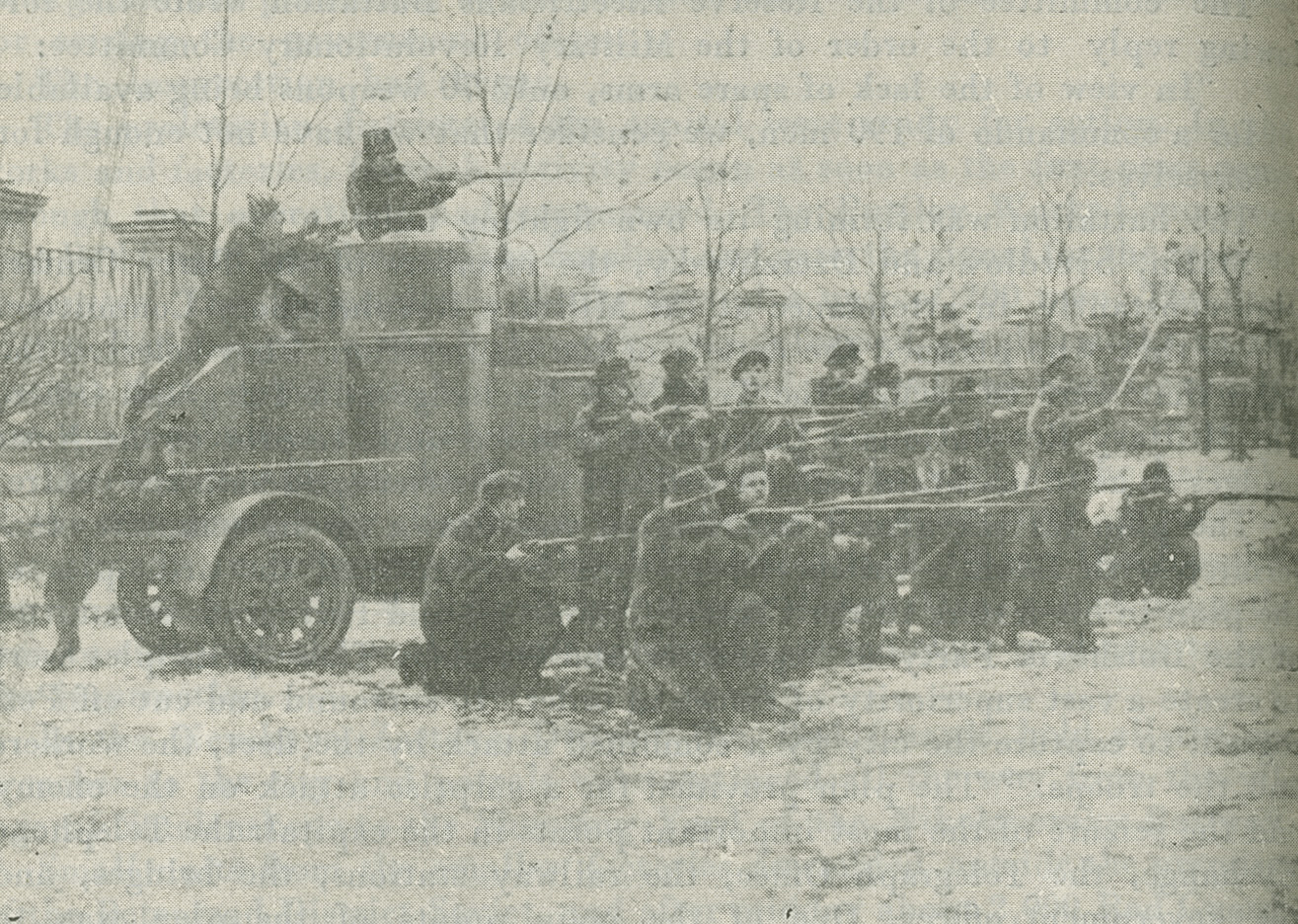
The warships and sailors of the Baltic Fleet were called in to assist the Petrograd Red Guards and revolutionary army units.
Two representatives of the Kronstadt Executive Committee, who had arrived in Petrograd that day, had been retained for the purpose of maintaining contact with Kronstadt. As soon as they received their orders they hastened back to Kronstadt to prepare the ships and detachments for dispatch to Petrograd on the morning of October 25 (November 7).
The ships of the Baltic Fleet were instructed to steam up the Neva and to train their heavy guns on the main roads leading to Petrograd. On the way they were to clear Oranienbaum, Peterhof and Strelna of cadet groups and to capture the Baltic Railway. They were also to bring 5,000 Kronstadt sailors who were to be landed in Petrograd. Several ships took up their stations in the Neva and trained their guns on the Winter Palace. Thus, Lenin’s instruction to make a sudden and swift attack on Petrograd, “which must unfailingly be carried out from within and from without, from the working-class quarters, from Reval and from Kronstadt”[10]. . . were embodied in the plan of insurrection. A detailed memorandum on the plan of operations was sent to Lenin.
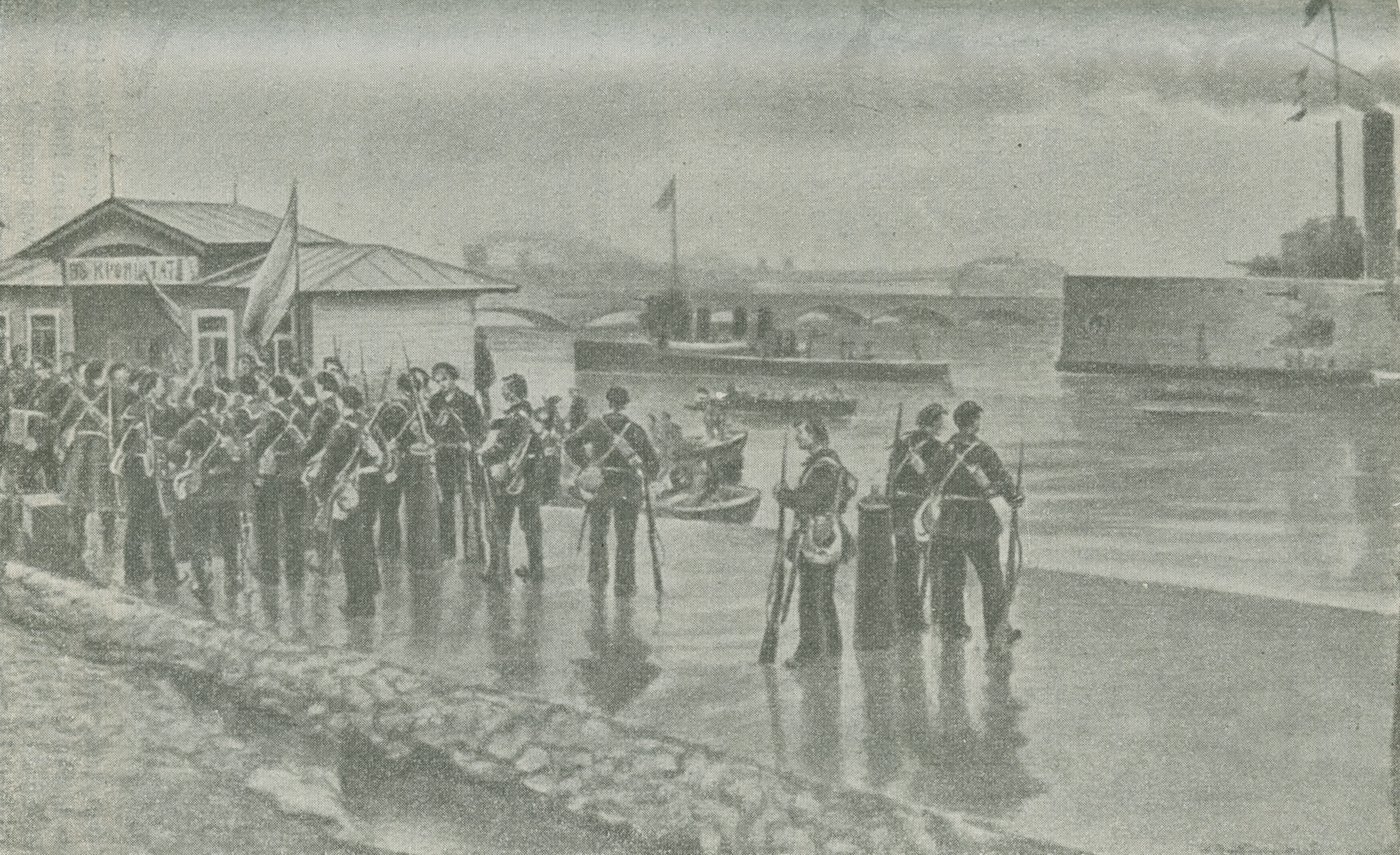
Considerable bustle and excitement reigned round the Smolny where new detachments of Red Guards and units of the garrison were continually arriving. The manifesto of the Military Revolutionary Committee was distributed among the soldiers and the Red Guards.
In the afternoon of October 24 (November 6) the Military Revolutionary Committee issued the following order through the radio station of the cruiser Aurora:
“1. The troops which are guarding the approaches to Petrograd must be fully prepared for action.
“2. The guards at the railway stations must be reinforced.
“3. Not a single military unit whose attitude towards present events is unclear must be allowed to enter Petrograd. Send out several score of speakers to meet every unit marching towards Petrograd to explain to them that they are to be used against the people.
“Kornilov’s troops must be detained by force if they do not submit to persuasion. Act sternly, but cautiously; resort to force where necessary.
“Immediately report all troop movements to the Military Revolutionary Committee in the Smolny Institute in Petrograd, and also send there representatives of the local Soviets and Regimental Committees for purposes of liaison. The Soviets must be in permanent session.”[11]
This was the first case in history of the radio being used by the proletariat in revolt.
The radio linked up the Military Revolutionary Committee with the entire country and helped to achieve a greater degree of unity in the resistance the soldiers and railwaymen were making to the Provisional Government’s efforts to transfer troops from the front to Petrograd. In Vyborg, the 5th Kuban Cossack Division was held up. In Reval, the unreliable regiments of the 3rd Cavalry Corps were neutralised. In Tsarskoye Selo, a battalion of shock troops was held up. In Peterhof the students of the 1st Peterhof Military School were held up and disarmed.
At many factories, meetings were held at midday on October 24 at which the workers declared their complete readiness to come out against the Provisional Government. At the Putilov Works, the workers of the 2nd Department resolved:
“1. Implicitly to obey the Revolutionary Committee of the Petrograd Soviet;
“2. To demand of the All-Russian Soviet of Deputies that power be taken over by the Soviet;
“3. We demand that all workers be armed.”[12]
At the Army Medical Supplies Factory in the Petrograd District the workers decided to come out in defence of the revolution forthwith, and that all should join the Red Guard. This resolution was carried out, and in the course of two days nearly all the 500 workers employed in this factory joined the Red Guard and took part in the fighting against the troops of the Provisional Government.
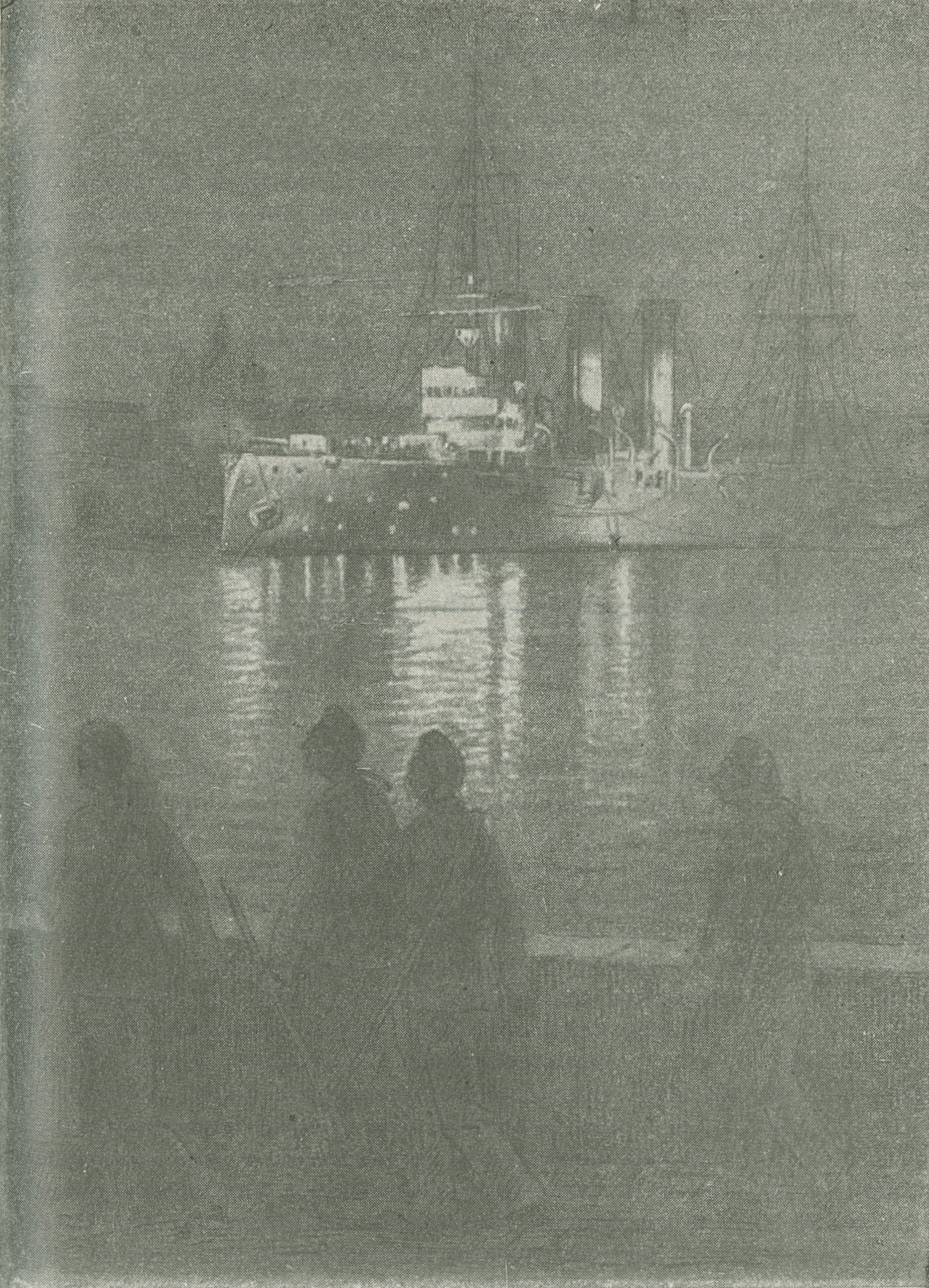
At 4 p.m., the men of the cycle unit on guard duty at the Winter Palace left their posts and declared that they would no longer defend the palace. They were immediately replaced by cadets.
That day the forces in the Fortress of Peter and Paul, where there was a vast arsenal, definitely went over to the side of the insurrection. At 5 p.m. the Cyclist Battalion—the last unit in the fortress that still vacillated—declared in favour of the Soviets taking over all power. Thus, the last wavering unit in the fortress garrison went over to the Military Revolutionary Committee. This was of immense importance.
The Fortress of Peter and Paul was an important strategical point in Petrograd. It is situated at the junction of what were two of the most militant districts of the city, viz., the Vyborg and Petrograd Districts. Moreover, the fortress was impregnable and had its guns trained on the Troitsky Bridge, the Neva and the Winter Palace, the seat of the Provisional Government.
By order of the Military Revolutionary Committee the fortress was prepared for action. Machine guns were mounted on its walls to cover the Troitsky Bridge and Kseshinska mansion on the corner of Kameno-Ostrovsky Prospect and Bolshaya Dvoryanskaya Street, which was occupied by shock troops. Patrols were sent out in all directions. The guards were reinforced. A detachment occupied the dome of the People’s Palace. The commandant of the fortress and his adjutant were arrested. The stores of the Kronwerk Ammunition Depot were immediately utilised to arm the Red Guard. The arsenal in the fortress, which contained about 100,000 rifles, became the chief base for arming the workers’ detachments. Representatives of the district staffs arrived and took these arms away in trucks. Workers came straight from their factories, and rifles were handed out to them on presentation of their time-checks. On receiving their arms the detachments went off to carry out military operations in line with the plan of insurrection.
At 5 p.m., Commissars of the Revolutionary Military Committee with a detachment of Red Guards occupied the Central Telegraph Office.
The District Party Committees of the Vasilyevsky Island, Narvskaya Zastava and the 1st City Districts called meetings of their members in the respective districts for 6 p.m. In the 2nd City District (Kolomna) a meeting was held of all the factory committees. At the Izhora Works a joint meeting was held of the Executive Committee of the Soviet, the factory committee and of the Bolshevik organisation in the town of Kolpino. At the Petrograd Trades Council a meeting took place of the Bolshevik trade union officials. At all these meetings there was only one question on the agenda, viz., participation in the insurrection. The meetings were brief and business-like and the resolution adopted at all of them was practically the same: each in his particular field of work was immediately to take part in the fight to overthrow the power of the bourgeoisie; to disperse and take up their posts on the staffs of the Red Guard, in the fighting units, in the committees, and in the factories.
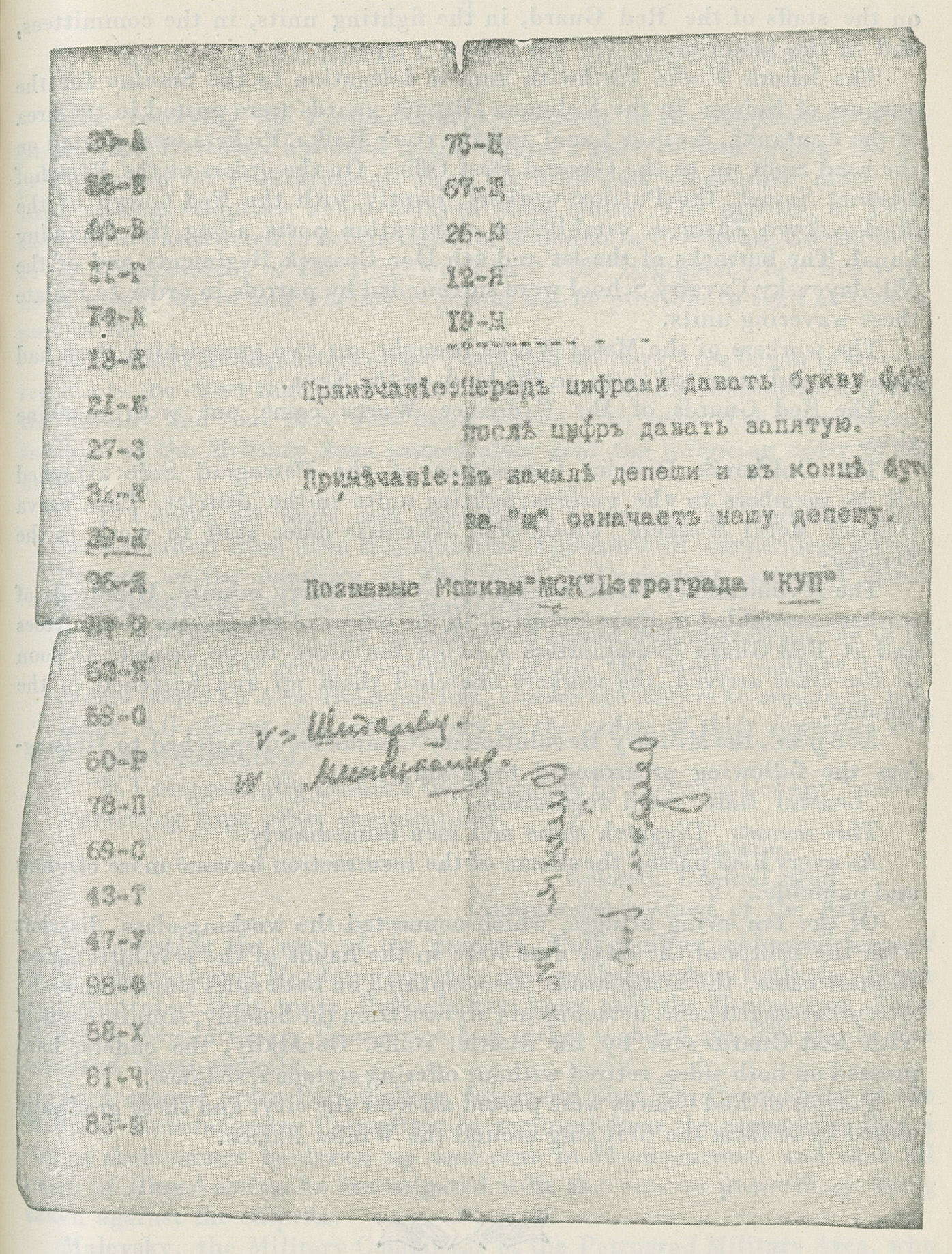
The Izhora Works forthwith sent a delegation to the Smolny for the purpose of liaison. In the Kolomna District guards were posted in the area of the Fontanka, Krukov Canal and the river Moika. Pickets were posted on the road right up to the General Post Office. On the orders of the Peterhof District Soviet, the Putilov workers, jointly with the Red Guard of the Moskovskaya Zastava, established observation posts along the Obvodny Canal. The barracks of the 1st and 4th Don Cossack Regiments and of the Nikolayevsky Cavalry School were surrounded by patrols in order to isolate these wavering units.
The workers of the Metal Works brought out two guns which they had repaired and mounted them on the bank of the Neva.
The Red Guards of the Ordnance Works came out with machine guns.
The Bolshevik District Committee of the Petrograd Side attached all its members to the various fighting units in the district. The Narva District Metal Workers’ Union sent its entire office staff to work in the Smolny.
The revolutionary forces continued to grow every minute. Hundreds of workers assembled in their factories, in the offices of the factory committees and at Red Guard Headquarters waiting for arms to be issued. As soon as the rifles arrived, the workers snatched them up and hastened to the Smolny.
At 8 p.m., the Military Revolutionary Committee dispatched to Helsingfors the following prearranged telegram.
“Central Balt. Send regulations.”
This meant: “Dispatch ships and men immediately.”
As every hour passed the effects of the insurrection became more obvious and palpable.
Of the ten swing bridges, which connected the working-class districts with the centre of the city, nine were in the hands of the revolutionaries. In most cases, the bridgeheads were captured on both sides simultaneously. At a prearranged hour, detachments arrived from the Smolny, simultaneously with Red Guards sent by the district staffs. Generally, the cadets, hard pressed on both sides, retired without offering serious resistance.
Patrols of Red Guards were posted all over the city, and these gradually closed in to form the first ring around the Winter Palace.
[1] J. Stalin, “What Do We Need,” Lenin and Stalin, 1917, Eng. ed., pp. 610-611.
[2] “The Provisional Council of the Russian Republic,” Rech, No. 251, October 25, 1917.
[3] Ibid.
[4] Ibid.
[5] Minutes of Proceedings of the Central Committee of the R.S.D.L.P. August 1917-February 1918, State Publishers, Moscow, 1929, p. 141.
[6] “The Suppression of Rabochy Put and Soldat” Rabochy Put, No. 45, October 25, 1917.
[7] Central Archives of the October Revolution, Fund 1236, Catalogue No. 1, File No. 3, folio 46 v.
[8] Central Archives of the October Revolution, Fund 1236, Catalogue No. 1, File No. 39, folio 1.
[9] V. I. Lenin, “Advice from an Outsider,” Collected Works, Eng. ed., Vol. XXI, Book II, p. 98.
[10] Ibid.
[11] Documents of the Great Proletarian Revolution, Vol. 1, compiled by E. N. Gorodetsky and I. M. Razgon, edited by I. I. Mints, State Publishers of The History of the Civil War, Moscow, 1935, p. 42.
[12] N. N. Payalin, The Putilov Works in 1917, Krasnaya Letopis (Red Annals), 1932, Nos. 5-6, pp. 169-170.
Previous: The Eve of the Decisive Battle
Next: At Counter-revolutionary Headquarters